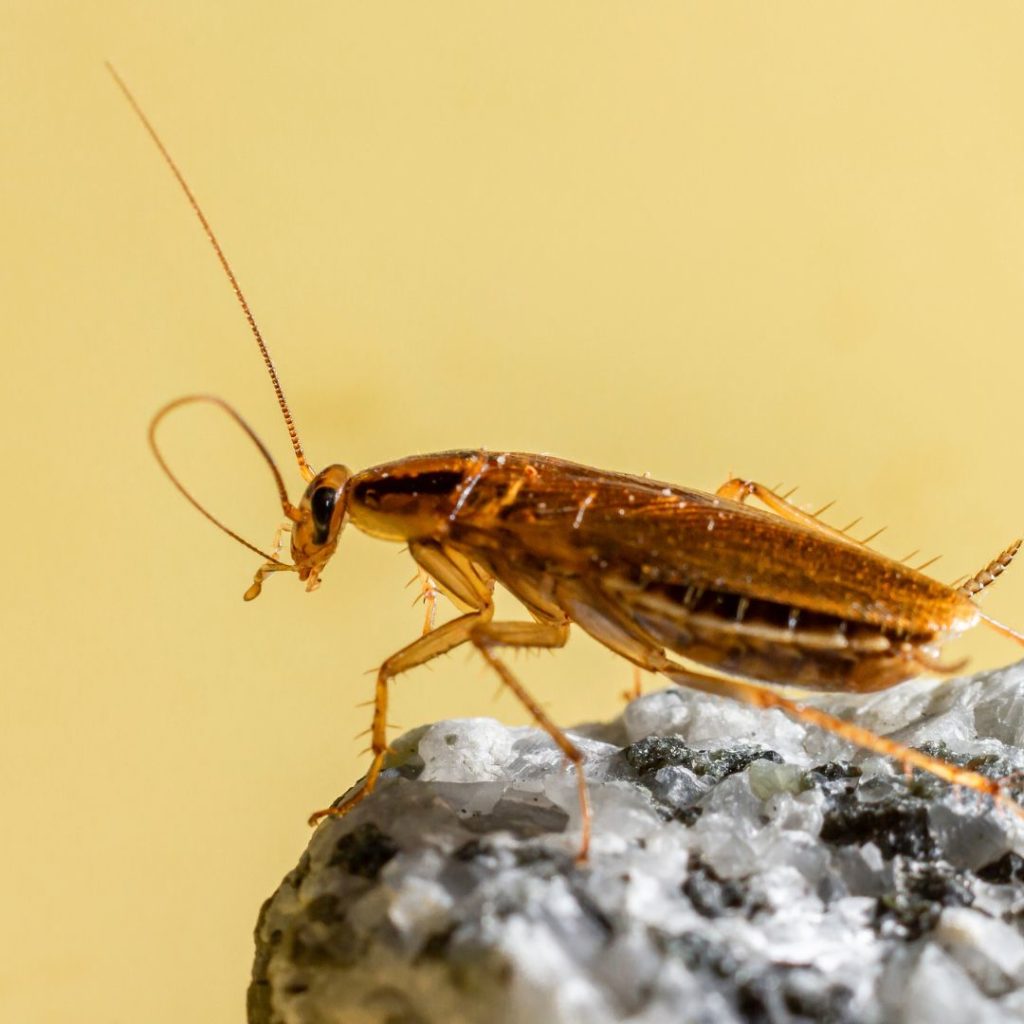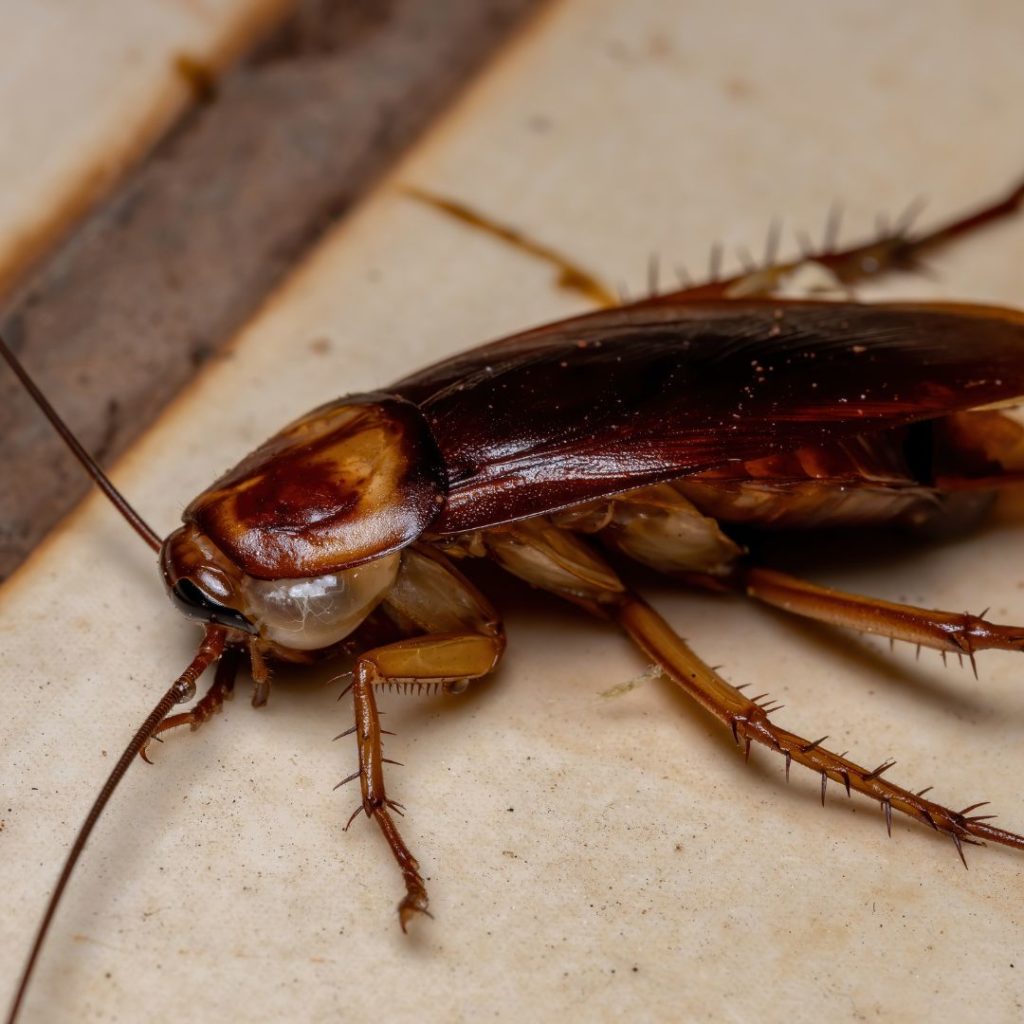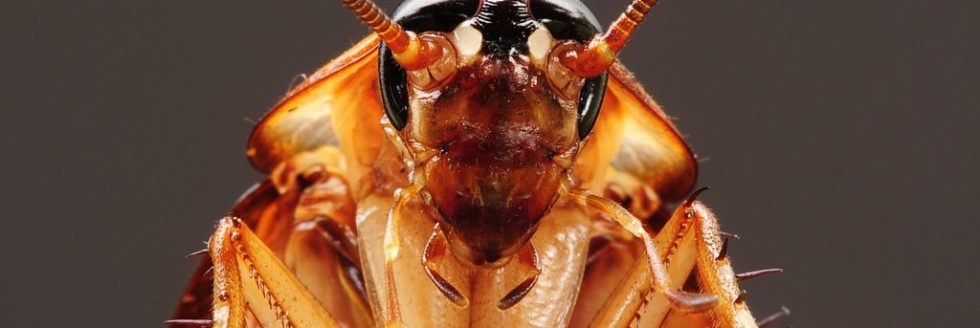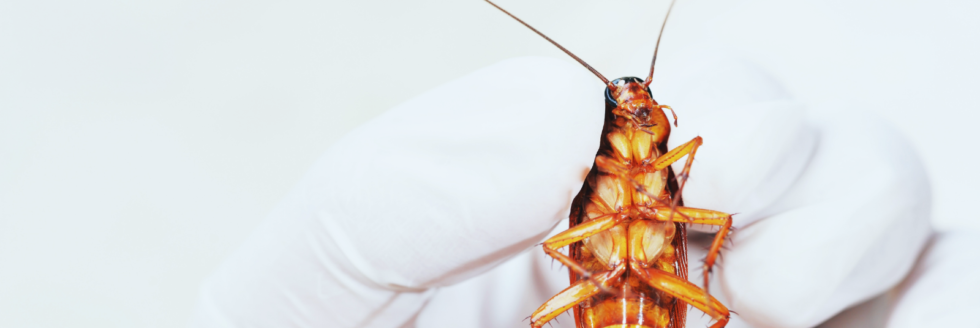Cockroach Identification & Prevention
Having a cockroach infestation is no fun. The first time you notice a few of these pests skittering as soon as you turn on the light, you know it’s time to act. You may be aware that even a handful of cockroaches indicate a much larger infestation, so failing to remove these pests can lead to more sightings and other unpleasant side effects.
Fortunately, we’re here to help. Cockroach pest control is relatively straightforward, but it helps to understand these insects so that you can eradicate them more efficiently.
Cockroach Types
Worldwide, there are about 4,000 species of cockroaches. However, you don’t have to worry about that many varieties infesting your home. Let’s take a look at the most common cockroach species that plague the United States. Knowing which type of cockroach you encounter can help you figure out a better plan of attack.
German Cockroach

When talking about cockroaches as home invaders, most people are referring to the German cockroach. This species doesn’t usually survive in the wild, as it has evolved to thrive wherever humans live. Over the centuries, the German cockroach has infested ships, homes, businesses, and anywhere else it can hide.
Appearance
German cockroaches are light or dark brown, with two parallel streaks on the back of the pronotum (the section just behind the head). These cockroaches are relatively small at 10 to 15 millimeters long. The nymphs (young cockroaches) have a blend of brown and yellow bands running along the back. This species does have wings but rarely uses them to fly.
Habitat
These cockroaches prefer warm and damp locations, such as basements and crawl spaces. German cockroaches don’t do well in cold temperatures either, so they tend to thrive in hot and humid climates, such as the American south.
Diet
German cockroaches are pretty indiscriminate eaters, but they prefer food scraps and waste. In areas where food is scarce, they may feast on other products, such as toothpaste or glue. The glue inside cardboard boxes is often a target.
Cuban Cockroach
Unlike the German cockroach, Cuban cockroaches originated in the Caribbean, so they prefer hot and humid climates more than their German counterparts. The other name for this species is the banana cockroach since they can sometimes be found eating bananas.
Appearance
Cuban cockroaches are easy to spot because they’re a bright green or yellowish color. They grow to about 12 to 18 millimeters long, and they have pretty large wings. Cuban cockroaches can fly easily and do so regularly.
Habitat
These cockroaches stick to hot and humid climates, so they’re only found in the American south and Mexico. Even moderately cold or dry climates don’t suit this species well.
Diet
Cuban cockroaches prefer to eat decaying food scraps, particularly fruits. However, they’ll snack on just about anything they can find. They’re also fond of compost heaps.
American Cockroach

American cockroaches came to the United States in the mid-17th century and their numbers have exploded since. The American cockroach is second only to the German species, so you can find them all over the U.S.
Appearance
American cockroaches are substantially larger than German ones, reaching up to four centimeters in length. They have long, rounded bodies and develop wings at the very end of their relatively long lifecycle. Males have wings that extend past their bodies, while females have rounder forms and shorter wings. Beyond its size, American cockroaches can be identified by a yellow band behind the head.
Habitat
Usually, American cockroaches are only found in commercial food spaces (i.e., restaurants and grocery stores) where there’s plenty of food and space to breed. Most homeowners don’t have to worry about an infestation. In the wild, they prefer dark and damp wood piles or mulch.
Diet
This species prefers fermenting and decaying material but has a particular fondness for bread crumbs because of the yeast content. However, American cockroaches will eat pretty much anything.
Western Wood Cockroach
Fortunately, you don’t have to worry about finding western wood cockroaches in your home. Unlike the species listed above, these roaches prefer the great outdoors.
Appearance
These cockroaches are entirely brown with a dark brown or black head. Males have wings, while females do not. Western wood cockroaches also have large front antennae that are easily noticeable. They grow to about 12 to 14 millimeters long, and the females are shorter.
Habitat
This species prefers warm, dry climates, so it’s almost exclusive to the other half of the United States in the southwest region. You can find western wood cockroaches hanging out on trees, grasslands, and dried-up riverbanks.
Diet
Since these roaches live in the wild, they eat organic matter like rotting wood or leaves. They tend to avoid human food and scraps.
Brown-Hooded Cockroach
Like the western wood cockroach, this species stays outside and doesn’t come indoors. So, you don’t have to worry about battling a brown-hooded cockroach infestation.
Appearance
This species is dark brown and looks almost black. These cockroaches can get pretty big, ranging from 22 to 30 millimeters. They don’t have wings, preferring to crawl around in decayed logs and woodpiles.
Habitat
The brown-hooded cockroach lives almost exclusively in and around trees. It can withstand a range of temperatures, so you can find this cockroach on both U.S. coasts.
Diet
This species feeds exclusively on wood cellulose. Nymphs feed on adult excrement since they haven’t developed a comprehensive digestive system yet.
Are Cockroaches Dangerous?
Technically, cockroaches are not dangerous in that they don’t bite or scratch. Some species of cockroaches may irritate the skin with their leg spines and could cause an allergic reaction.
The primary danger of cockroaches is that they can bring bacteria and pathogens into your home and food. As they feast, cockroaches will leave droppings and shed body parts, eggs, and saliva.
Many people can experience an allergic reaction to cockroach shedding and droppings. In areas with a significant infestation, allergies can be much more pronounced.
Overall, cockroaches are not known to be substantial disease vectors, but they tend to thrive in unhygienic conditions, making it easy for bacteria and viruses to thrive.
How Do I Get Rid of Cockroaches?
Since food is the primary draw for pest cockroach species (like the German roach), the best way to prevent an infestation is to keep your home as clean as possible. However, roaches like to live in damp, dark spaces, making it hard to spot them until it’s too late.
If you’re spotting roaches regularly, you need to call in professional pest control experts. We’ll come in and identify where cockroaches are nesting, and employ methods that kill entire generations of pests. Better yet, we can help prevent future infestations with the knowledge and tools at our disposal.
Overall, diy traps and at-home sprays are reactive solutions that don’t affect the main colony. Professional pest control is a proactive solution that will eliminate roaches and palmetto bugs and help keep them from coming back.
Manage Your Cockroach Problem With Carolina Pest
Don’t let cockroaches take over your home! At Carolina Pest, we can help you manage your pest control problem so that roaches pose a nuisance no more. Call us today for a consultation or home visit to see the extent of your infestation.


